Perfume layering is a sophisticated art that allows you to create a unique and personalized scent. By combining different fragrances, you can enhance your olfactory experience and express your individuality. Here’s a comprehensive guide to help you master the art of perfume layering.
What is Perfume Layering?
Perfume layering, also known as fragrance combining, involves using multiple scents simultaneously to create a new, harmonious fragrance. This technique can intensify the longevity of your scent and provide a more complex and interesting aroma.
Why Layer Perfumes?
- Personalization: Create a signature scent that is uniquely yours.
- Complexity: Layering adds depth and complexity to your fragrance.
- Longevity: Properly layered scents can last longer on your skin.
- Versatility: Adjust your scent to match different occasions and moods.
Basic Guidelines for Perfume Layering
- Start with a Clean Slate: Ensure your skin is clean and moisturized. Unscented lotions or oils can help the fragrance adhere better.
- Choose Complementary Scents: Select fragrances with similar or complementary notes. For example, a floral scent can be enhanced with a hint of citrus or spice.
- Layer Light to Heavy: Start with lighter, fresher scents and then apply heavier, more intense fragrances. This prevents the heavier scent from overpowering the lighter one.
- Test Combinations: Experiment with different combinations to find what works best for you. Apply scents on separate wrists to see how they blend before committing to layering them on your body.
- Apply Strategically: Focus on pulse points (wrists, neck, behind the ears) where the fragrance can develop and disperse effectively.
Popular Perfume Layering Combinations
- Citrus and Floral: Combine a zesty citrus fragrance with a delicate floral scent for a fresh and invigorating blend.
- Vanilla and Spicy: Layer a warm vanilla scent with a spicy fragrance like cinnamon or clove for a cozy and sensual aroma.
- Woody and Fruity: Mix a rich, woody scent with a fruity fragrance for a balanced and vibrant combination.
- Musk and Floral: Pair a musky base with a light floral scent to create a sophisticated and alluring blend.
Tips for Successful Perfume Layering
- Know Your Notes: Understanding the different fragrance notes (top, middle, and base) helps in selecting complementary scents.
- Less is More: Avoid over-layering. Start with small amounts and build up if necessary.
- Consistency: Stick to the same brand or fragrance family to ensure better compatibility.
- Seasonal Scents: Adjust your layering techniques according to the season. Light, fresh combinations work well in warmer months, while richer, warmer blends are ideal for cooler weather.
- Be Patient: Give your scents time to settle and blend on your skin before making any final judgments.
Perfume Layering Mistakes to Avoid
- Overpowering Scents: Avoid using too many strong fragrances at once, which can create an overwhelming scent.
- Clashing Notes: Be mindful of notes that may not complement each other, leading to an unpleasant aroma.
- Skipping Skin Prep: Neglecting to moisturize can result in a shorter-lasting fragrance.
- Inconsistent Application: Ensure even application to prevent uneven scent distribution.
Conclusion
Perfume layering is a creative way to enhance your fragrance experience. By understanding the basics and experimenting with different combinations, you can craft a scent that is uniquely yours. Remember, the key is to have fun and enjoy the process of discovering new and exciting scent profiles.
Don't miss the related blogs
- Pocket-Friendly Scents for Everyday Freshness
- The Next Big Thing in Fragrance
- Guide to Perfume Notes
FAQs.
Q: How do I start with perfume layering?
Begin by selecting perfumes that complement each other in terms of their notes. Start with a base scent, such as a musk or woody fragrance, then layer a lighter or more dominant scent like florals or citrus. Test on your skin to ensure the blend works well with your natural scent chemistry.
Q: Can any type of perfume be layered?
Yes, you can layer any type of perfume, including eau de parfum, eau de toilette, and body sprays. However, for the best results, it’s ideal to use perfumes with similar intensities or types. Light, fresh scents pair well with each other, while heavier, bolder fragrances work better together.
Q: How do I avoid clashing scents when layering?
To avoid clashing, focus on selecting perfumes with complementary notes. Stick to fragrances within the same family (like florals or woods) or layer contrasting scents cautiously. Try using a fragrance-free moisturizer as a base to smooth out any sharp transitions between layered perfumes.
Q: Can I layer perfumes with different fragrance families?
Yes, you can experiment with perfumes from different fragrance families, but balance is key. For example, try mixing a floral scent with a spicy or woody one. The goal is to create harmony between the fragrances. Test small amounts first to ensure they blend well on your skin.
Q: How many perfumes should I layer at once?
Start by layering two fragrances at a time to see how they blend. Once you're comfortable, you can experiment with adding a third perfume, but avoid overwhelming the senses. Using too many fragrances can lead to a muddled scent profile. A balanced approach yields the best results.
Q: Can I layer perfumes with body lotions or oils?
Absolutely! Perfume layering can extend beyond just sprays. Using scented body lotions or oils from the same fragrance family enhances the overall scent. You can even layer an unscented lotion to create a subtle base that helps the perfume last longer without altering its smell.
Q: How do I ensure my layered perfume lasts longer?
Apply your base scent to well-moisturized skin, as hydration helps lock in fragrance. Opt for oil-based perfumes or layer with scented lotions. Focus on pulse points like your wrists and neck. You can also lightly spritz your clothes for additional longevity while keeping the scent subtle.
Q: Can perfume layering be done with attars?
Yes, attars, being concentrated and oil-based, are excellent for layering. Start with a small amount of attar, then layer with a complementary perfume or another attar. The rich composition of attars works well as a base, giving depth and longevity to your layered fragrance.
Q: Is there a right way to apply perfumes for layering?
There is no strict rule, but applying the heavier or base scent first, followed by the lighter or top scent, is a common approach. You can spray on pulse points or spritz in the air and walk through the mist for a more subtle layer. Always experiment to find what works best for you.






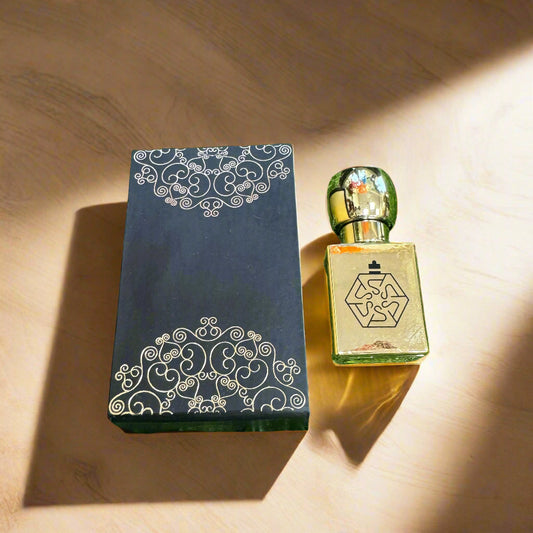
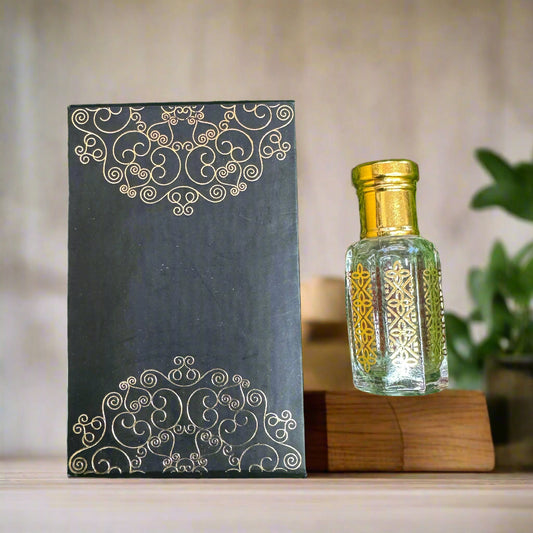
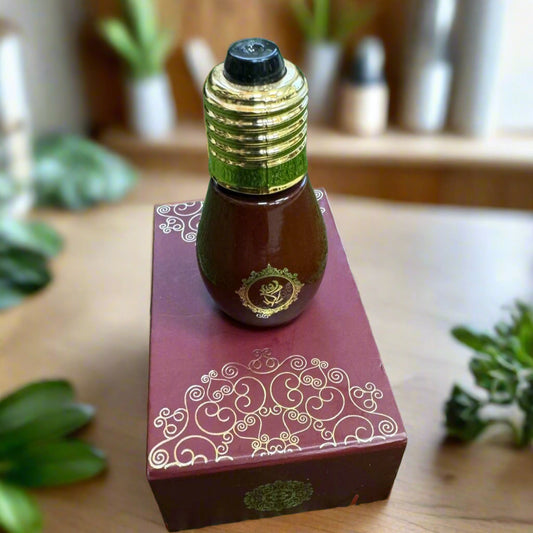
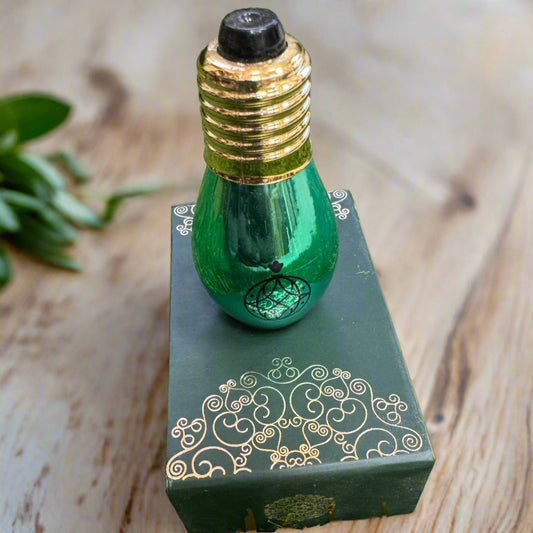
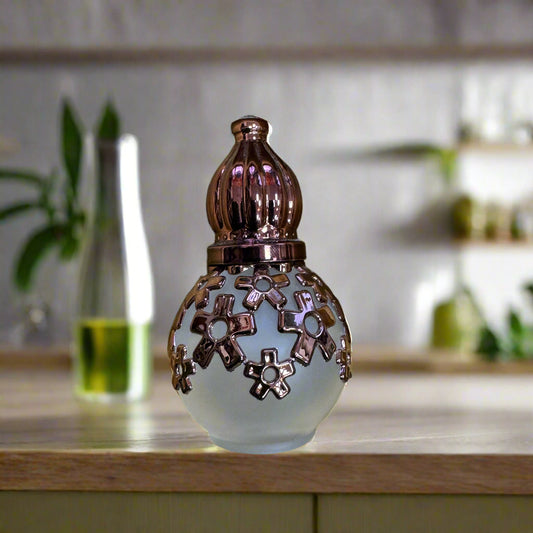












 Whatsapp us!
Whatsapp us!